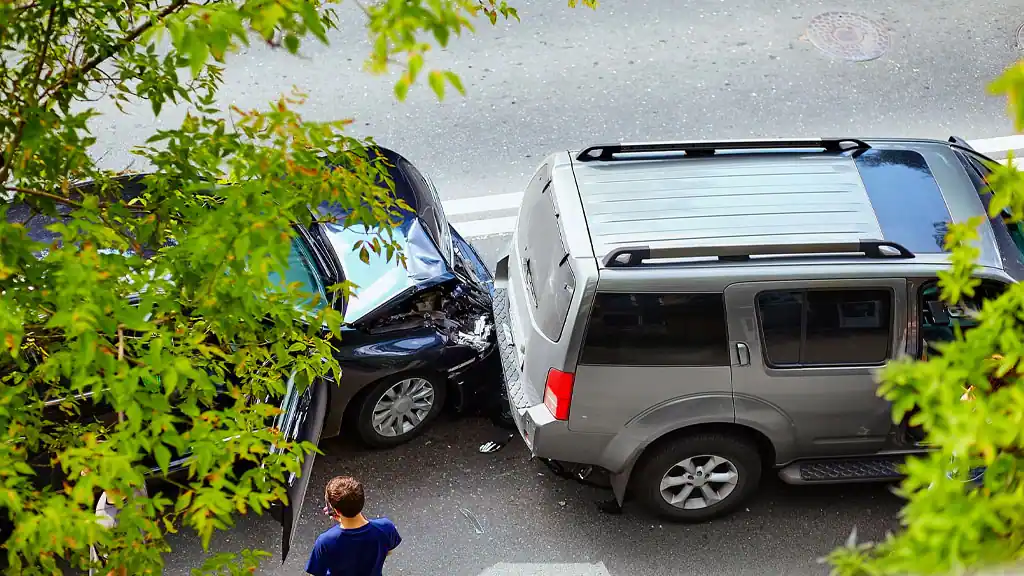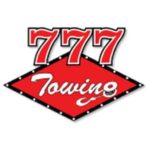Accident Recovery: What To Do in Clark County

If you’ve just been in a fender-bender or a serious collision anywhere in Clark County—Las Vegas, Henderson, North Las Vegas, Paradise, or Spring Valley—this step-by-step guide explains how to stay safe, protect your rights, and get your vehicle recovered quickly and professionally.
At-a-Glance: Your 60-Second Game Plan
- Move to safety and switch on hazard lights.
- Check for injuries and call 911 if anyone is hurt.
- Document the scene (photos/video) before vehicles are moved, if safe.
- Exchange information with involved parties and witnesses.
- Contact an accident recovery towing service for safe transport.
- Notify your insurer and follow their instructions.
- Arrange repair or storage and keep all records.
Disclaimer: This article is informational and not legal advice. Always follow directions from law enforcement and emergency responders.
Why Professional Accident Recovery Matters
Accident scenes in Clark County often involve busy corridors like I-15, US-95, and the 215 Beltway. Professional accident recovery towing ensures:
- Safe vehicle removal (winching, load-securement, and damage mitigation)
- Scene protection and traffic flow compliance
- Proper transport to a body shop, residence, or secure lot
- Documentation for insurance claims and police reports
Step-by-Step: What To Do After a Crash
1) Make the scene safe
- Pull to the shoulder or a safe turnout if your vehicle is drivable.
- Set hazard lights and, if available, reflective triangles/flares.
- Keep occupants behind a guardrail or away from traffic.
2) Call 911 when needed
- If there are injuries, fire hazards, or traffic obstruction, call immediately.
- Cooperate with LVMPD, Henderson Police, or Nevada Highway Patrol as directed.
3) Gather evidence
- Take wide and close shots of damage, license plates, skid marks, debris, traffic signals, and road conditions.
- Capture weather, lighting, and any visible injuries.
4) Exchange information
- Full names, phone numbers, driver’s license numbers, and insurance details
- Vehicle make/model/VIN and plate numbers
- Location (e.g., “NB I-15 near the Charleston exit”)
5) Request accident recovery towing
- Ask for a collision tow with equipment suitable for your vehicle (wheel-lift, flatbed, motorcycle dolly, or winch-out).
- Confirm destination (preferred body shop, home, storage) and estimated arrival time.
- Share any special considerations (all-wheel drive, lowered suspension, EV/hybrid).
6) Notify your insurer
- Open a claim and follow instructions for photos, adjuster contact, and tow coverage.
- Keep receipts and reference numbers; ask if storage fees are covered.
Costs & Factors (Typical Ranges)
Actual pricing varies by vehicle type, distance, and scene complexity. Use this table as a general guide to discuss options with your provider.
| Item | What It Covers | Typical Range |
| Base accident tow | Hook-up/securement, first few miles | $$–$$$ |
| Per-mile rate | Beyond included miles | $–$$ per mile |
| Winch-out/recovery | Ditch, embankment, sand, off-road extraction | $$–$$$$ |
| After-hours/holiday | Night/holiday response | $–$$ surcharge |
| Storage (per day) | Secure lot storage | $–$$ per day |
| Equipment add-ons | Dollies, low-clearance ramps, EV mode | $–$$ each |
Special Situations
Low-clearance or luxury vehicles
Request a flatbed with low-angle ramps and soft straps. Confirm that the operator uses frame-safe tie-downs and protective fender covers.
Motorcycles
Insist on bar straps/soft ties and a motorcycle chock. The bike should be secured at multiple points to avoid fork or fairing damage.
EVs & hybrids
Some EVs require transport mode or drive-unit isolation. Provide the make/model; the operator will prepare the correct procedure.
Off-road or shoulder-only access
Roadside shoulders on 215 and US-95 can be narrow. Professional winch-outs and traffic-safe positioning prevent secondary incidents.
Where to Take Your Vehicle (Clark County Options)
- Direct to body shop: If you already have a preferred collision center, tow straight there.
- Insurer-recommended shop: May speed up approvals; verify warranty and parts policy.
- Secure storage lot: If shops are closed or you need time to decide, choose short-term storage and keep daily fees in mind.
Insurance, Paperwork & Photos You’ll Need
- Policy number, driver’s license, and registration
- Photos of damage and the scene (before tow if safe)
- Tow invoice, storage receipts, adjuster contact details
- Police report number (if issued)
- Keep digital copies in a single folder; share with your adjuster and repair facility.
How an Accident Recovery Tow Typically Works
- Dispatch confirmed: You share location, vehicle details, and destination.
- Operator arrives & assesses: Safety cones, hazard checks, and documentation.
- Secure & load: Proper points, soft straps, wheel chocks/dollies as needed.
- Transport: Safe routing considering traffic on I-15/215/US-95.
- Drop-off & sign-off: Photos, delivery confirmation, invoice/receipt provided.
When To Call a Pro (Not DIY)
- Vehicle won’t start, can’t steer, or won’t roll freely
- Fluids leaking, airbags deployed, or frame/suspension damage
- Tight spaces, guardrails, embankments, or heavy traffic
- EV/hybrid or luxury models with special transport requirements
Pro Tips to Protect Your Claim
- Photograph everything (including tow hookup and drop-off).
- Keep a log of calls, ETAs, names, and badge numbers (if applicable).
- Don’t sign blank forms; read invoices before authorizing add-ons.
- Remove valuables and provide the spare key if available.
Need accident recovery towing in Clark County right now? Get a 24/7 response, safe loading, and clear pricing.
Contact 777 Towing to dispatch a professional operator and move your vehicle safely to a shop, storage lot, or your driveway.
Frequently Asked Questions (Clark County Accident Recovery)
Arrival times vary with traffic and call volume; providers prioritize accident recovery calls for safety. Ask for an ETA and live updates.
Many policies cover reasonable collision tows; some include storage for a limited period. Confirm limits with your insurer before authorizing extended storage.
No. You may choose any licensed repair facility, though insurer-preferred shops can speed approvals. Warranty terms may differ—ask for details.
Usually no. Request a flatbed and proper loading ramps to avoid drivetrain or body damage.
Call 911 first. Follow instructions from law enforcement and highway patrol. A professional accident recovery towing service will coordinate safe removal.
Confirm coverage with your insurer, get a written estimate, minimize storage days, and tow directly to your chosen shop when possible.
Recent Posts
- Las Vegas Roadside Assistance: 24/7 Help When Your Car Suddenly Stops
- Flatbed vs Wheel Lift Towing in Las Vegas: What’s the Right Choice for Your Vehicle?
- Roadside Assistance Las Vegas: 10 Common Breakdowns We Fix Fast
- Flatbed vs. Wheel-Lift Towing: Which Is Safest for Your Vehicle?
- Roadside Assistance in Las Vegas: 9 Problems We Solve Fast
Archives
Contact Now

Joseph Morris
I am the dedicated owner of 777 Towing, a trusted name in the automotive rescue industry. With a passion for helping people in distress, he leads a team committed to providing prompt and reliable towing services. Joseph’s expertise ensures peace of mind for motorists in their time of need.
Request for a pick up please contact us.
- 5083 Judson Ave, Las Vegas, NV 89115, USA
© 2023 777towing.com. All rights reserved.
 ICONIER Digital Agency
ICONIER Digital Agency 